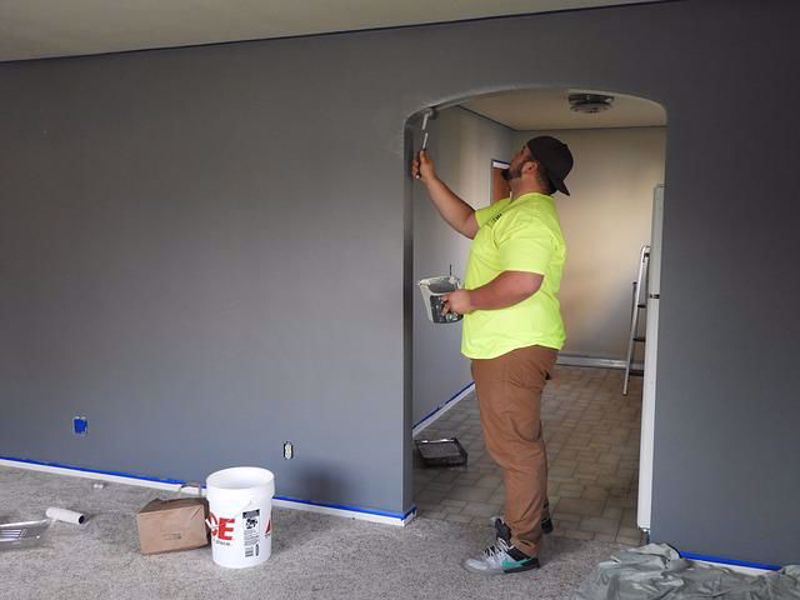Your house is perhaps the biggest investment you will ever make. This week, in this unique four part article we will guide you through top 20 home improvement you should do your best to avoid if you want to protect your investment. Lowes, have been helping people cherish and improve their homes for many decades and with a Lowes Money Off Coupon from We Are Coupons you can save money on nearly everything in store.
Linoleum Flooring
This a real no no! No one likes walking across sticky linoleum barefoot. Simply put, get rid of linoleum flooring. At one time, it was a popular option, especially in the case of patterned linoleum that could mimic wood or tile flooring. Nowadays, linoleum is almost synonymous with inexpensive apartments and a careless sense of decorating. Instead, opt for flooring materials like hardwood that are not only comfortable, but also visually appealing.
Popcorn or textured Ceilings
Get with it! If a home contains a popcorn ceiling (also known as a "textured" or "stucco" ceiling), it instantly communicates to a homebuyer that it is not been modernized. Popcorn ceilings were popular from the 1950s all the way to the 1980s as an inexpensive, ubiquitous alternative to cover up imperfections and unadorned drywall. To modern eyes, it looks more like a dreary Motel 6 than a warm home.
Note: Removal of popcorn ceilings, like wallpaper, is a labor-intensive affair. So be sure to get it done before your open house. In addition, be sure to look for asbestos, which can make or break a closing if detected by a home buyer or inspector.
Glass Mosaic Backsplash
One of the most common trends from the mid-2000s is a glass mosaic back black splash for your kitchen or bathroom. While it may have looked good then because of its relative scarcity, today it is nearly everywhere. Consider replacing it with marble tiling or plain white subway tile to obscure your home's last appointment with an interior designer.
Bold Paint
The first thing that a home buyer sees when viewing a house for the first time is the color - first the exterior and then the individual rooms. Essentially, this first impression of colors sets the stage for the home's other features, including furnishings, decorations comma and architecture.
If a bold color is applied to the exterior, like a light-pink, potential buyers that like to blend-in may be put off. If a room is too dark, such as dark red; or too bright, such as a chromatic yellow, the features of the home may be muted or unnecessarily hidden as they compete for visual attention. Neutralizing your home is the best option (see "Neutral Colors" below), as buyers can project their own color palette to their tastes without being influenced by your preferences.
Your color choices are important if you want to sell your home.
Converted Rooms
It is a modern notion to have our spaces fit our personalities, lifestyles, quirks, and interests. That works just fine when you're living there, but you may want to reconsider the current usage of each space that you have re-purposed when it comes time to sell. Having a garage converted for another purpose besides storage and parking vehicle may be fine for your needs, but home buyers may just want a garage for what it was originally intended. If you've converted your garage into a place to run your small business, exercise room, or music practice room, be sure to bring it back to its normal garage-only state to appeal to the largest number of home buyers.
This is especially true for cities that have limited parking. Similarly, a bedroom converted into a small office or storage space can be off putting. This happens because it puts the intended purpose of the room into the mind of a home buyer and that is not your goal when selling your home.




